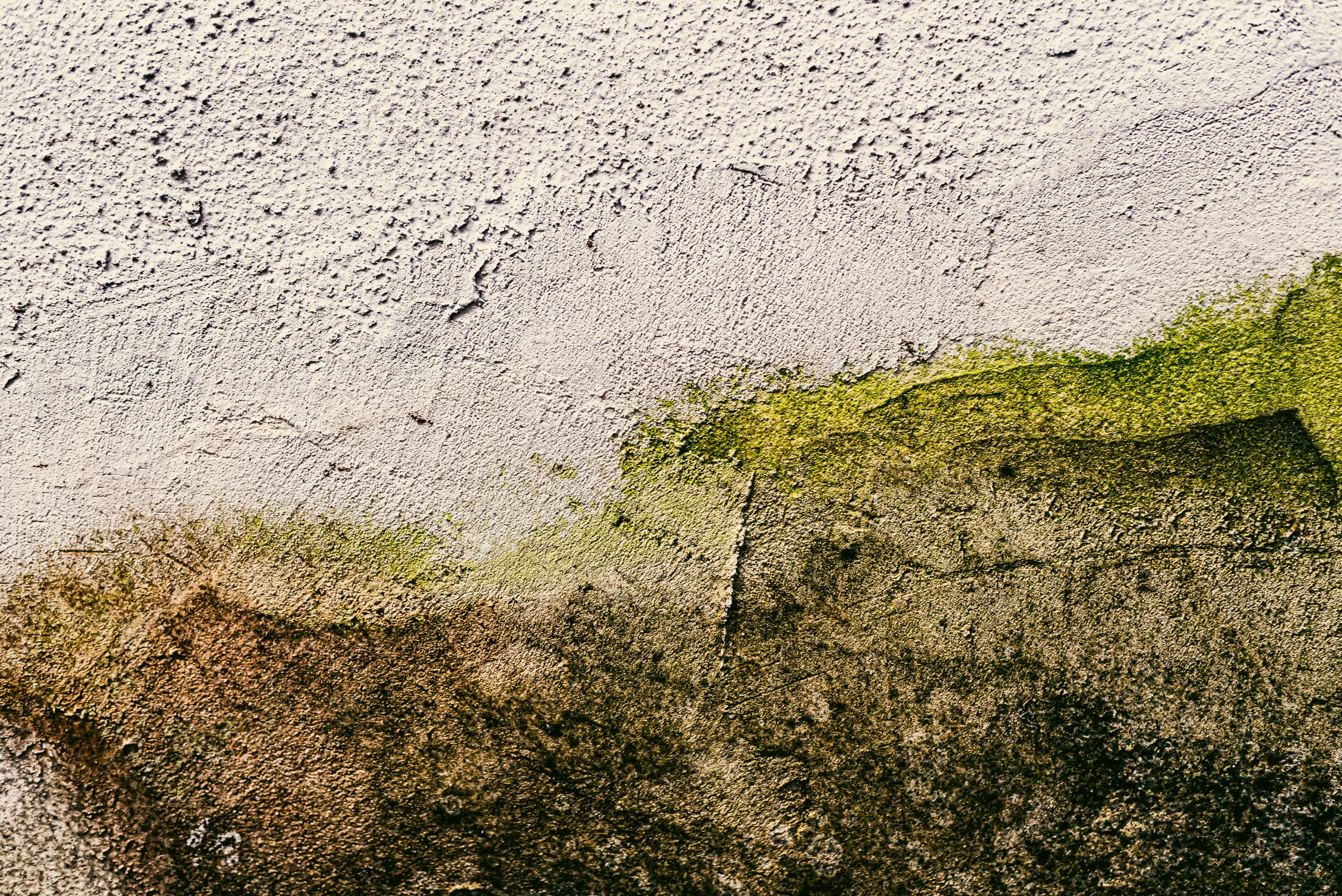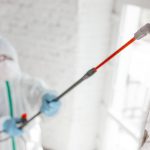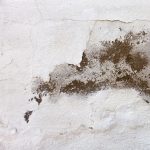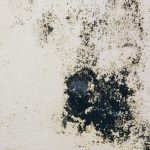
Florida’s rainy season can be relentless, especially in areas like Naples, Marco Island, Bonita Springs, and Estero. While we enjoy the tropical climate, it also brings a serious risk of mold growth and water damage in homes. Once the skies clear, it’s time to assess your property and prevent long-term issues from setting in.
Here’s a practical post-rainy season checklist every Southwest Florida homeowner should follow.
✅ 1. Check for Musty Odors
A musty smell is often the first sign that mold is starting to grow. These odors may linger even before you see visible damage. Walk through your home—especially in closets, bathrooms, attics, and under sinks. If anything smells off, don’t ignore it.
✅ 2. Inspect Ceilings and Walls for Stains or Bubbling Paint
Heavy rainfall can cause leaks that appear as yellow or brown spots on ceilings and walls. In some cases, paint may bubble or peel. This is a red flag that moisture is trapped behind the surface—often a sign of water infiltration and potential mold growth behind drywall.
✅ 3. Look Around Windows and Doors for Water Intrusion
Even small cracks or worn-out seals around windows and doors can let water seep in. Check for soft wood, peeling paint, or mildew in these areas. Homes in Bonita Springs and Estero, being closer to coastal humidity, are especially prone to these issues.
✅ 4. Inspect Your HVAC System
Florida’s high humidity during the rainy season can affect your air conditioning unit. A clogged drain line or full drip pan can lead to excess moisture in your system—ideal conditions for mold spores to circulate throughout your home. If you haven’t serviced your HVAC recently, now’s the time.
✅ 5. Check Baseboards and Flooring for Warping
Water that seeps into flooring—especially wood, laminate, or carpet—can lead to warping or buckling. Inspect all baseboards and corners for signs of separation or softness. Homes in flood-prone areas of Marco Island and Naples are particularly vulnerable to these issues.
✅ 6. Test Humidity Levels Inside the Home
Humidity above 60% can lead to mold growth. Use a basic humidity meter to monitor indoor levels. If it’s consistently too high, consider installing a dehumidifier or contacting a professional to assess air quality.
✅ 7. Inspect Your Roof and Gutters
Clogged gutters and damaged shingles can lead to roof leaks. After a season of storms, it’s important to make sure your roof is intact. Check for sagging, missing tiles, or signs of moss and debris.
✅ 8. Examine the Attic and Crawlspaces
These areas are often forgotten but are the perfect breeding grounds for mold. Check for any dark patches, damp insulation, or condensation. If you’re unsure, professional mold testing is a smart next step.
✅ 9. Scan for Condensation on Windows and Pipes
Persistent condensation is often a sign of poor ventilation or excess moisture in the air. Left unaddressed, this can lead to mildew buildup on surrounding surfaces.
✅ 10. Schedule a Professional Mold Inspection
Even if everything looks okay, mold can thrive out of sight—behind walls, under floors, or in ducts. At QCI, we use infrared thermal imaging and same-day lab results to identify hidden mold and water damage quickly and accurately.
Why Act Now?
Delaying a mold or water damage inspection can lead to costly repairs and serious health concerns. If you’re located in Naples, Bonita Springs, Estero, Marco Island, or anywhere in Collier and Lee Counties, you’re in a region that’s highly susceptible to post-rainy season issues.
Protect your home now, while the damage is still manageable—and before the next round of storms rolls in.
📍 QCI – Your Local Mold & Water Damage Experts
Address:
207 Gandy Rd, Suite B
Auburndale, FL 33823
📞 (863) 229-7058
🌐 https://qci-online.com
Think you might have mold or water damage in your home?
Don’t wait for it to spread. Contact QCI for a fast, professional inspection. We proudly serve Naples, Marco Island, Bonita Springs, Estero, and all surrounding areas in Collier and Lee Counties.






